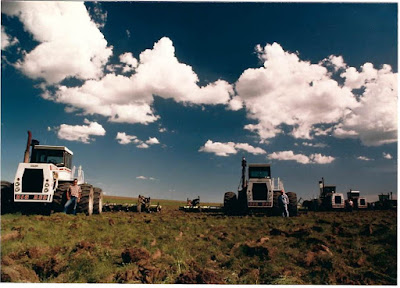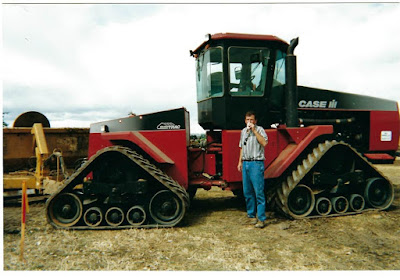These are precarious times
for the US farmland market. I have
previously written about the headwinds that it was facing from large crop
inventories, trade and tariff issues, and rising interest rates. None of the uncertainty has diminished. In fact, the longer these issues linger, the
greater the concern about this market.
A factor that looms large,
and which was not on the radar screen, say, 15 years ago, is the large amount
of land owned by investment groups, along with the amounts of “dry powder” that
some of these funds have. It’s important
to keep in mind that the newness of many of these funds means that they have
not gone through a significant adjustment (downward) in land values, nor have
they had too much experience with historical annual cash returns from owning
farmland.
Will the funds be buyers, or
will they be sellers? That is a question
that is impossible to answer right now.
And the answer will likely vary by region of the country, with possibly
more pressure on these funds in the broad acre crops areas, and less so in the
permanent crop areas.
The issue of the direction
of some of these funds also has the backdrop of rising yields on interest
bearing financial instruments, and a falling stock market.
It would appear that, for the savvy buyer who understands the cycles of the farmland market, and who has “patient capital,” there will be opportunities during this market reset. This requires very careful analysis of a farm, the area in which it is located, and, of course, good knowledge of the macro factors that I have noted.



